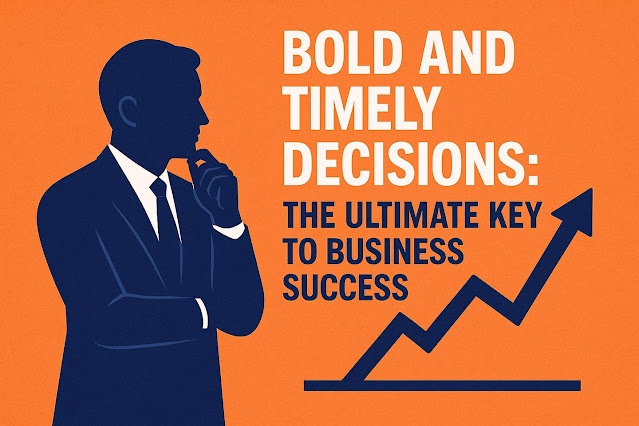Bold and Timely Decisions:
The Ultimate Key to Business Success
In every individual’s life, a few decisions have the potential to define their entire journey. Whether it's entrepreneurship, tech innovation, or business growth, strategic and timely decisions play a crucial role.
In a previous article, we explored how Satya Nadella, CEO of Microsoft, made visionary decisions that not only saved Microsoft from financial collapse but transformed it into a $3 trillion tech empire. Today, we dive into the story of how Microsoft Windows began and what lessons we can extract from this monumental journey.
From Garage to Giants: Apple and Microsoft’s Early Days
Almost 50 years ago, Microsoft and Apple were not rivals—they were friends. Bill Gates and Steve Jobs shared ideas, spent evenings brainstorming, and dreamt big. Back then, both companies operated out of garages, gradually building their way to corporate offices.
Apple was focused on creating a personal computer, something that Jobs believed would revolutionize the world. Microsoft, on the other hand, developed software for various clients and devices, achieving early success with its compatibility solutions.
Jobs had the foresight to realize that the future of computers wasn't in command-line software—it was in user-friendly graphical interfaces. He envisioned a world where computers had icons, folders, and graphics, creating an engaging digital experience. His dream was to compress a CEO’s entire office—documents, accounts, tools—into one portable machine. That machine was the Macintosh.
When Trust Meets Strategy: Gates vs. Jobs
During the Macintosh project, Microsoft was working closely with Apple. Gates was developing software for Jobs, who had complete trust in him. Jobs shared ideas openly, believing that together they would rule the tech world. Unfortunately, that’s not what happened.
Before Apple could launch the Macintosh, Microsoft released Windows, a graphical operating system capable of running on various hardware. It was based on similar concepts, but Gates had quietly and strategically developed it behind the scenes.
Jobs felt betrayed. He called Gates a thief, a traitor. But Gates famously responded,
Xerox had indeed pioneered the graphical user interface, but it was too complex for the average user. Jobs took inspiration and simplified it. Gates, in turn, took it mainstream.
Windows Takes Over the Market
Gates didn’t just make a great OS—he made it open for all hardware manufacturers. That gave Microsoft a critical edge. While Apple’s macOS only worked on Apple-designed hardware, Windows became the operating system for nearly every PC manufacturer globally.
By the early 1990s, Microsoft Windows had become the world’s most popular OS. Apple’s market share dropped below 2%, while Windows was dominating.
1997: Apple Nears Bankruptcy
In 1997, Apple was on the verge of bankruptcy. Jobs had already been ousted by the board and was working on other ventures. But when the company reached a breaking point, they brought Jobs back.
Jobs made a shocking decision: he called Bill Gates.
He told Gates, “If Apple goes bankrupt, the tech market loses competition—and you know what that means.” Jobs asked for $228 million in funding. Gates agreed to invest $150 million and made a deal that Apple would continue supporting Microsoft Office for Mac.
Many Apple fans were furious, but Jobs knew that going to the bank would mean high interest rates and restrictions. With Gates’ investment, Apple not only survived—it bounced back stronger.
Reinvention: From Survival to Market Leader
After securing Microsoft’s investment, Jobs launched the iPod in 2001—a game-changer in the tech world. This marked the beginning of Apple’s dominance in the consumer electronics market.
The iPhone launch redefined smartphones. While BlackBerry and Nokia were still leading, the iPhone brought true innovation and disruption.
Lessons in Business Strategy and Decision-Making
Jobs’ bold call to Gates in 1997 didn’t just save Apple—it set the stage for its future dominance. Within ten years, Apple had become a global leader again, this time in a completely new market.
FAQ ):
- Business strategy for startups
- Tech innovation success stories
- Strategic decision making in tech
- Microsoft vs Apple case study
- Entrepreneurship case studies 2025
- High CPC tech blog topics
- Investment in tech companies
- Apple stock recovery story
- Steve Jobs business strategy
- Microsoft Windows launch story
- Why startups fail and how to save them
- Tech business competition analysis
- iPhone innovation impact
- Best business turnaround stories
- Future of operating systems


